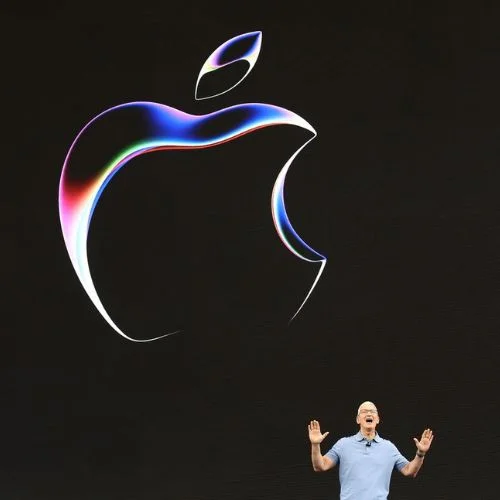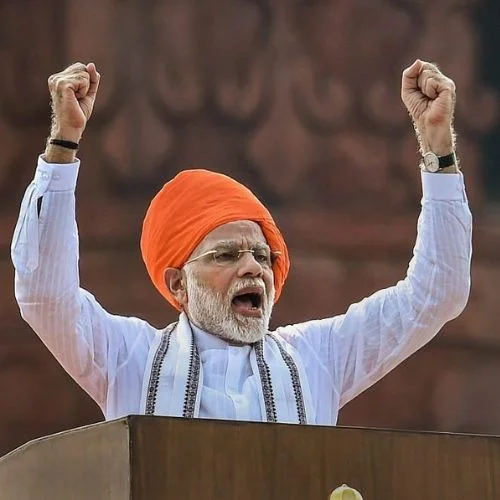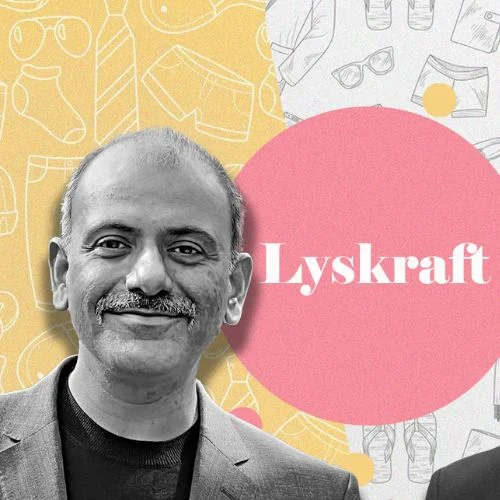Radhika Gupta stated that she began investing at the age of 24. She has already begun constructing her newborn son’s portfolio.
Given the growing interest rates on home loans, Radhika Gupta, CEO of Edelweiss Asset Management, says she would rather pay off the mortgage than invest in fixed-income assets.
“We’ve only recently begun putting together a portfolio for our youngster. I don’t have a lot of money invested in gold and silver. I don’t do fixed income since I have a home loan, and at current interest rates, it’s preferable to pay it off than invest. My hybrid funds cover the majority of my debt. I have limited experience with AIFs. “I intend to increase that exposure over time with a private equity and growth equity fund in the AIF category that we will create in the future years,” Gupta said.
Investing, spending, and saving are all options.
“The prudent money decision I made was spending conservatively and saving and investing as soon as I started earning.” After a year or two of income, I began investing at the age of 24. I was working in the United States at the time, so I invested in US mutual funds, US stock mutual funds, and international equity funds. My portfolio was mostly made up of stocks. I began investing in Indian mutual funds shortly after returning to India in 2009. “The corpus enabled me to return from the United States to India and start my own business without the support of my family, and with the assurance that I could go 2-3 years without a significant salary,” Gupta explained.
“I am consistent with my equity holdings,” she adds. My debt exposure in the whole portfolio has been decreased from 35% to 20% at the moment. I also have SIPs in certain international funds. I don’t have a lot of money invested in gold and silver. “Right now, I don’t do fixed income; my debt is covered by my hybrid funds,” Gupta explained.
Mistakes with money
“My biggest financial blunder was not paying attention to asset allocation. When I first started earning, I was impatient to invest totally in equities because everyone else was doing so and things were good. I neglected to consider my personal risk profile.
International markets did not do well in the previous year, and her plan did not work well in the previous year. “International allocation is another method that hasn’t worked for me in the last year. I am holding global stocks, particularly in developing markets, as part of my equity portfolio, which has behind India’s returns over the previous year, but I am keeping it as part of my asset allocation. Beginning is usually a good idea. Don’t be concerned about market timing. Take it slowly so you may make little mistakes and then figure out what works best for you. And invest in a way that works for you, not for others or out of FOMO,” Gupta advised.
Themes to keep an eye on in the next 10 years
“Our point of view has always been asset allocation-oriented. Rising yields provide one opportunity to lock in money at greater long-term rates. So, in today’s environment, long-term-oriented target maturity funds may be a very smart option, particularly for investors looking to lock in for 10-15 years. Perhaps home topics rather than export-oriented themes, or enterprises with a significant global presence. The emphasis will be on cyclicals that benefit from the domestic economy’s recovery. Beneficiaries of programmes such as PLIs. “The entire industrial movement will be scrutinized,” Gupta added.















